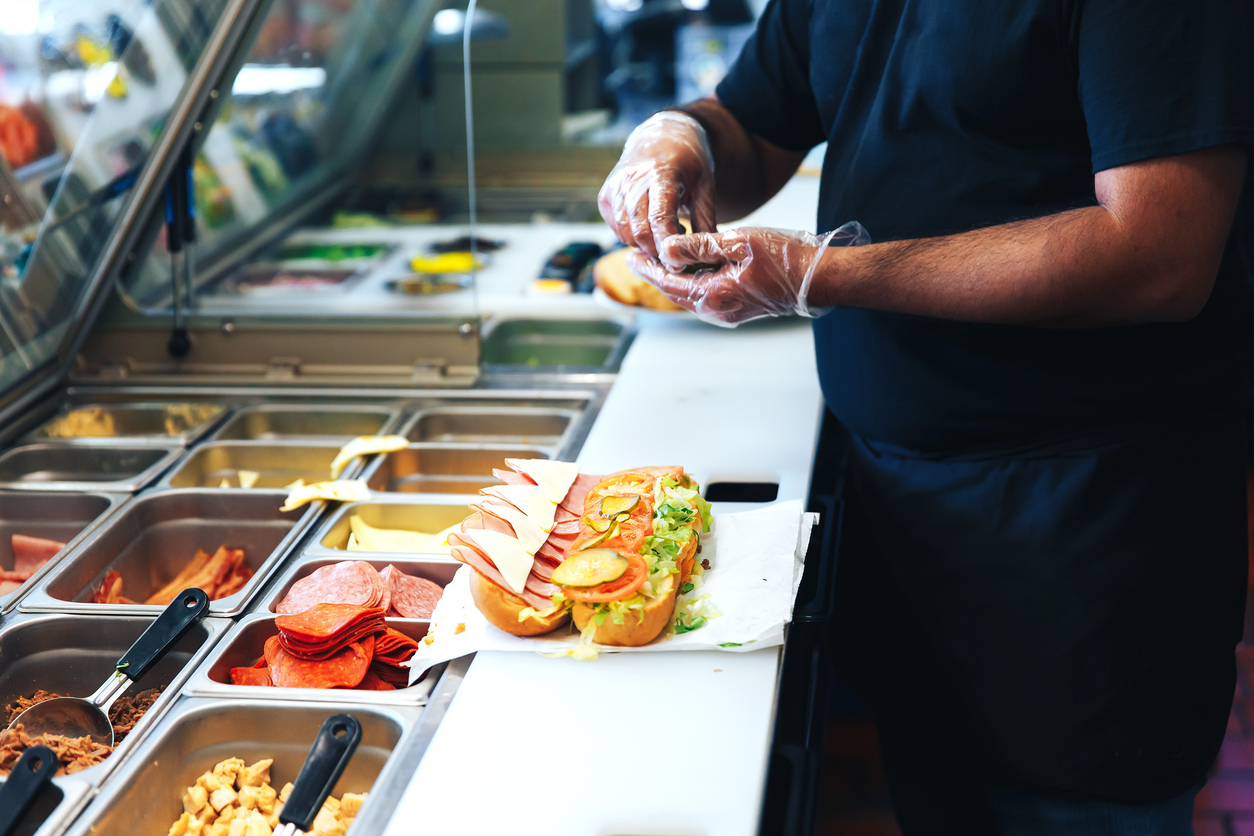Oct 24, 2022 6:30:00 AM
Restaurants | Operations
Oct 24, 2022 6:30:00 AM
Restaurants | Operations

Restaurant audits can be a uniquely panic-inducing prospect. Sure, being written up by an auditor and having your manager find out about it is embarrassing enough, but the possibility of the whole restaurant closing down is worse.
Short on time? Watch this handy video summary instead:
But considering the frequency of viruses and foodborne illnesses, the lack of an effective restaurant audit plan sets your business up for terrible Tripadvisor reviews, a massive PR crisis, or worse.
No one wanted to be Chipotle when a norovirus outbreak caused their shares to drop by 7%.
Or Mcdonald's when they had to recall salads from 3000 restaurants after the FDA confirmed over 400 cases of Cyclospora infection across 15 states.
And at the very least, no restaurant wants customers to be walking out of its doors thinking 'never again'.
The problem is that the very nature of working in a restaurant makes slip-ups likely. Fridge temperature, food storage, correct allergen displays, and product traceability - all these and more must be perfect 100% of the time, or your business is exposed to an incredible amount of risk.
The restaurant industry workforce is typically part-time, seasonal, lower-paid, and younger than in other sectors. Having employees who are typically looking to get in, get out, and get paid is a recipe for cutting corners and putting health and safety at risk.
Most of us have had at least one job in food service as a teenager or college student - can we honestly say we really cared about cleaning the grill perfectly every time? Probably not.
So how can restaurant chains do everything in their power to prevent health and safety slip-ups from happening?
Here are 3 best practices covering how to implement restaurant audits in a way that ensures audits are fast, effective, and don't miss a thing.
1) Make restaurant audit procedures manageable so auditors can focus their time where it's the most impactful
An audit questionnaire has hundreds of questions - all of which are important. But filling out each question isn't the most effective use of an assessor's time, especially when those questions are in an Excel spreadsheet or clipboard.
So how to audit a restaurant more efficiently?
Giving auditors a digital restaurant audit checklist to whizz through the questions really focuses their time on areas where a restaurant is struggling, making the audit more effective. And with a digital tool, there's less of a likelihood of missing something that could put customers' health in danger further down the line.
An auditor shouldn't be silently lurking in the background for the entire duration of the audit - they're experienced, they've seen it all, and they could help the staff by sharing best practices they've picked up from years working in the field. But they can only do this if they have the time.
2) Ensure restaurant audit reports are clear, actionable, and accessible by the right people
Restaurant audit reports are a goldmine of data that HQ can use to identify common areas where staff slip up with health and safety, and with which they can create targeted training and make data-driven decisions. But it's difficult to pull the data and be aware of issues cropping up on a wider scale when everything is stored in spreadsheets or paper checklists.
At the end of an audit, reports should clearly indicate:
For example, if restaurant audit reports are analyzed and HQ identifies a pattern of store employees being unclear about the exact temperature the oil should be when cooking fries, HQ can create a targeted training program about cooking temperatures.
Discover more about ensuring quality guidelines are followed in this blog: Quality Audits: 5 Common Problems and How to Fix Them
And that leads us to our third point...
3) Make your employee health and safety training so thorough that restaurant audits are merely a formality
A journal investigating Safety and Hygiene in Food Service Operations found a definite link between comprehensive food and safety training and fewer health and safety compliance violations.
Audits are a waste of time if employees know to sweep things under the rug beforehand.
The best way to have a successful audit is to train employees so well on health and safety that it becomes second nature.
After all, assessors don't just audit the restaurant, they audit employee knowledge too. So just sticking up those signs we all see in the bathroom informing employees that they MUST wash their hands isn't enough.
And the right way to improve employee knowledge isn't via a crusty old health and safety manuscript in a massive binder that no one ever reads. The manager never checks who's read it, so who cares?
Training needs to be continuous, accessible, and easy to digest. That means no 2-hour videos that were recorded back in 1995.
For a real-life example, check out how restaurant chain BurgerFi rapidly scaled
their restaurant network with better training for frontline employees.
To master the skills, employees need to practice them. And they need a manager who doesn't blatantly disregard the rules and ensures employees are aware of best practices for food handling, clean-up, product storage, and everything else.
--
When executed well, restaurant audits are the secret ingredient that serves up consistent, high-quality customer experiences in every location. To find out how YOOBIC's digital workplace tool ensures frictionless, accurate audits and game-changing training, schedule a free demo!
Search the blog

See why 350+ businesses are using YOOBIC
YOOBIC creates a better everyday working experience for frontline teams while helping businesses drive performance at scale.
PRODUCT
See why 350+ businesses are using YOOBIC
YOOBIC creates a better everyday working experience for frontline teams while helping businesses drive performance at scale.